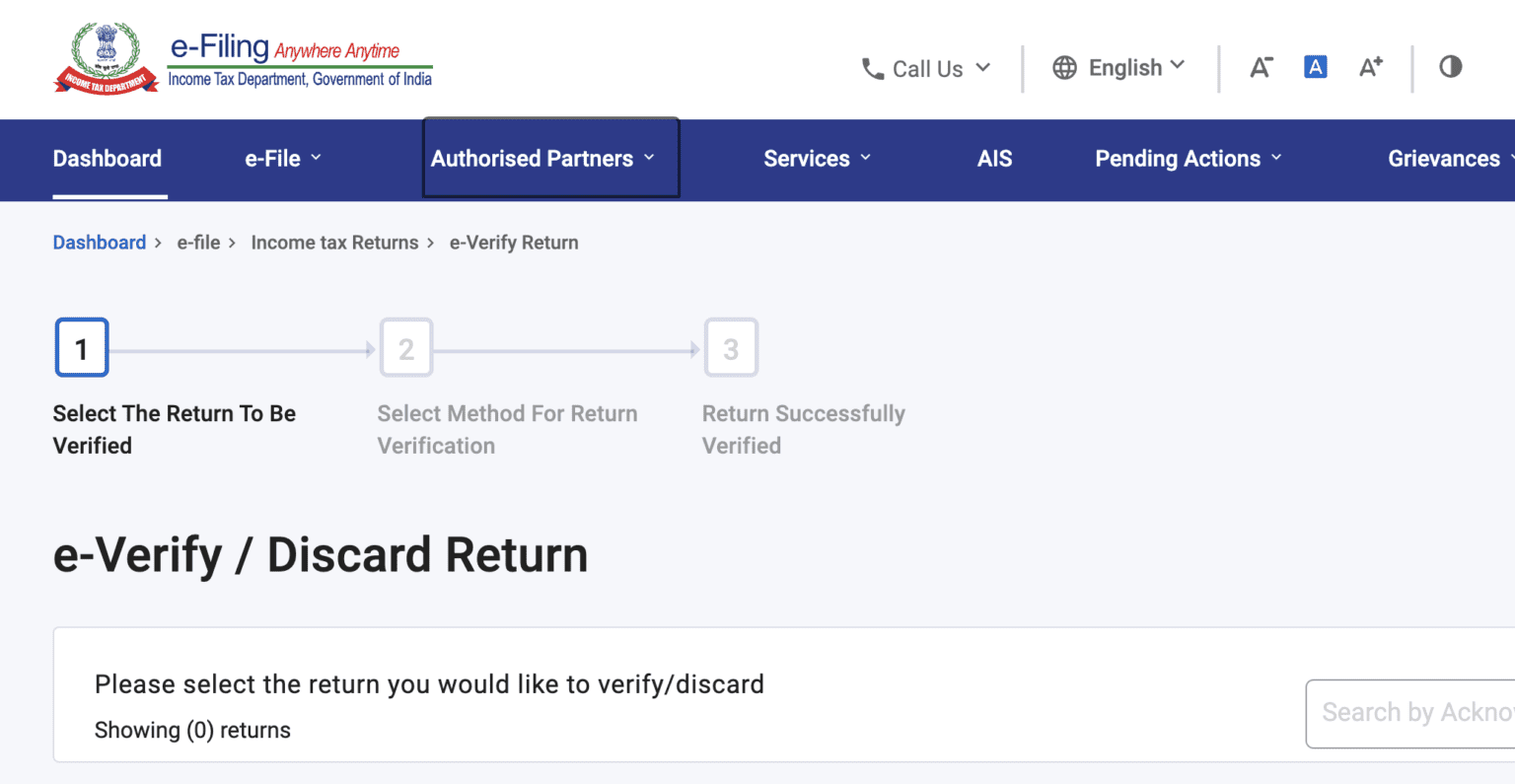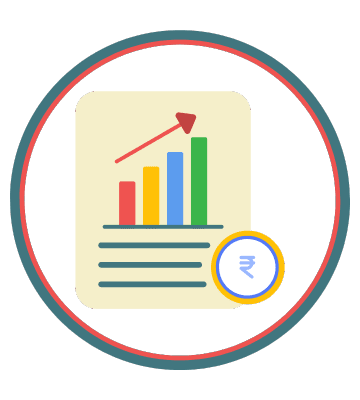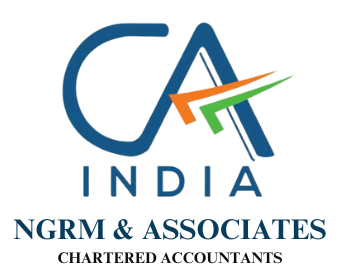E-invoicing is the process of generating invoice in a standardized electronic format with a Quick Response (QR) code and unique Invoice Reference Number (IRN). The government’s Invoice Registration Portal (IRP) is responsible for authenticating and validating these invoices.
E-Invoicing is mandatory for businesses with a given turnover threshold limit. In startlingly it was applicable to a business with an annual turnover of Rs. 500 Crore or more and now from 01.10.2022 vide notification number 17/2022-Central Goods and service tax has reduced the turnover limit into 10 crore. Now Central Goods and Service Tax has reduced its turnover threshold limit vide notification number 10/2023. From 01.08.2023 it would be applicable for the business whose annual turnover is 5 crore or more in any of the previous three financial years.
Process To Generate E-Invoicing
Businesses use their accounting or billing software to create invoices in the prescribed format under the e-invoicing system. After that, the invoices are uploaded to the Invoice Registration Portal (IRP) in real time, where the details of the invoice are verified and an individual IRN and QR code are provided. Following that, the authenticated e-invoice is downloaded and made available to the recipient.
Information Included in E-Invoicing
The e-invoice contains various mandatory details, such as supplier’s GSTIN (Goods and Services Taxpayer Identification Number), the buyer’s GSTIN, invoice number, date, taxable value, tax amount, and other important information. The QR code implanted in the e-invoice considers fast confirmation and recovery of invoice details.
E-Invoice Integration with GST Returns
The data from E-invoice portal is automatically populated into GST returns, such as GSTR 1 for outward supplies and GSTR 2A for inward supplies. This integration with GST return helps in reducing errors, improving accuracy, and facilitating the reconciliation process.
Exemptions from E-Invoicing
Some certain transactions are exempt from E-invoicing requirements, such as exports, SEZ (Special Economic Zone) supplies, banking and financial institutions, insurance companies, etc. However, these exemptions are subjected to specific conditions and threshold limits.
FAQ's
The Central Goods and Service tax reduces its E-invoicing threshold limit from Rs. 20 Crore to Rs. 10 Crore vide notification number 17/2022 central goods and service tax dated 01.10.2022. And now with future notification i.e 10/2023 dt. 10th May 2023, Seeks to implement e-invoicing for the taxpayers having aggregate turnover exceeding Rs. 5 Cr applicable from 01 st August 2023.
Some certain transactions are exempt from E-invoicing requirements, such as exports, SEZ (Special Economic Zone) supplies, banking and financial institutions, insurance companies, etc. However, these exemptions are subjected to specific conditions and threshold limits.
Businesses use their accounting or billing software to make invoices in the given format under the e-invoicing system. After that, the invoices are uploaded to the Invoice Registration Portal (IRP) in real time, where the details of the invoice are verified and an individual IRN and QR code are provided. Following that, the authenticated e-invoice is downloaded and made available to the recipient.











